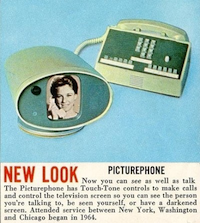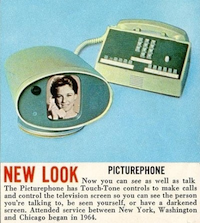Why not see three of the newest smartphones during a hot Saturday in NYC? Since the Apple store on Upper Broadway is a five-minute walk from where the Samsung Galaxy S was receiving visitors in the Time Warner building, we could hop from one air-conditioned venue to another without getting broiled. Along the way we could also check out the Motorola Droid X at a cell phone shack.
It seemed like a good idea when my friend, let’s call him Dr. Smartphone, suggested it to me this past weekend. He was anxious to see how Galaxy’s 4” super AMOLED 800×400 display performed, and I had yet to gaze upon the iPhone 4. Continue reading




